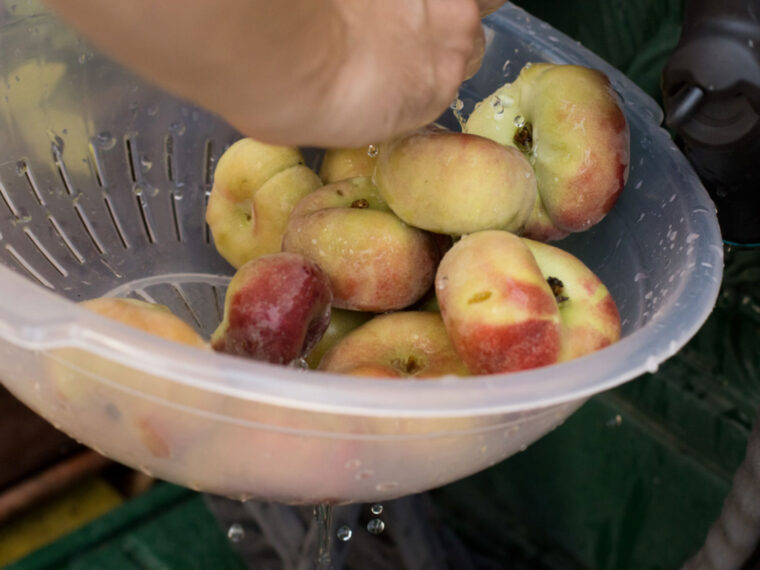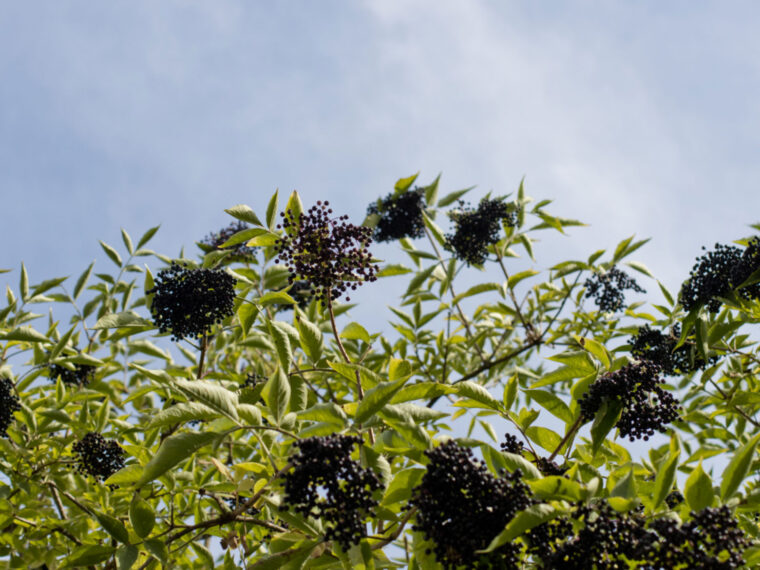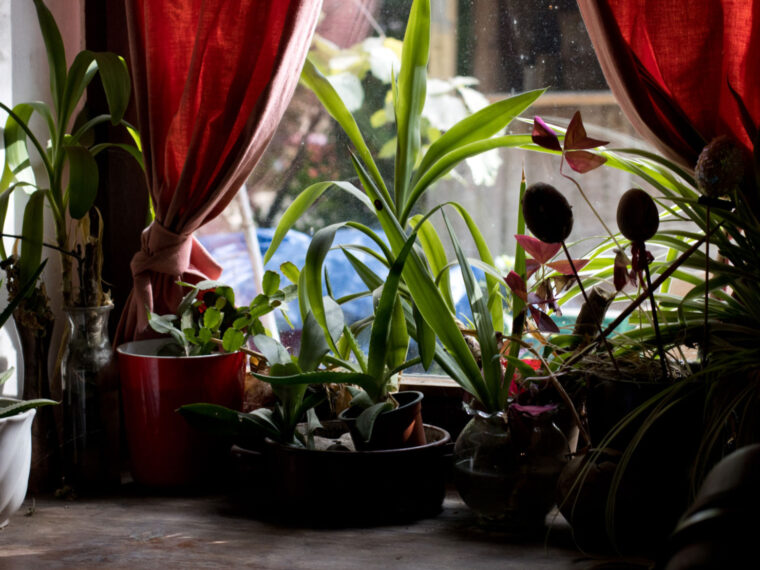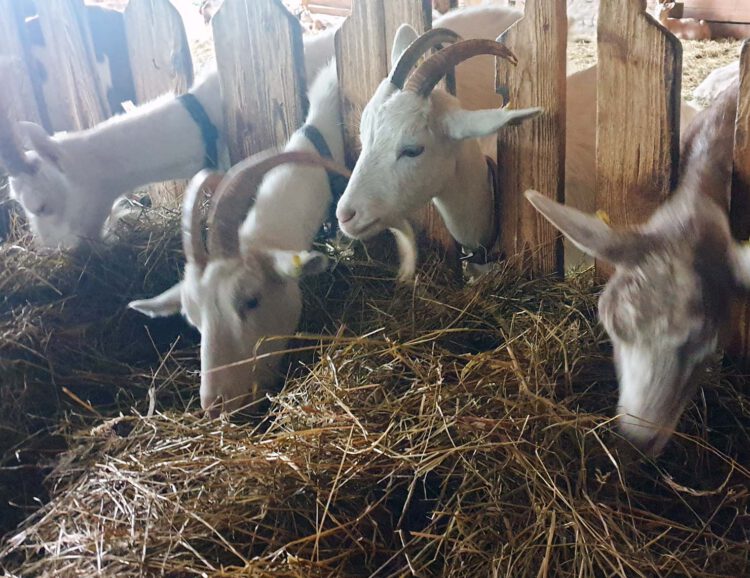
…mit wenig Gebackenem, ein bisschen Radio, zwei Lokalen – und wie immer, den besten Links der letzten Tage.
Ich habe einen Japanischen Cheesecake gebacken (nach Erin McDowell/Food52), leider ist er mir wieder zusammengefallen. Ich habe versucht, einen Karamell-Zwetschgen-Kuchen zu verbessern, leider ist er nicht besser geworden als die erste Version davon. Ich habe Gaufres Liégeoises aka Lütticher Waffeln aus Hefeteig gebacken (2018 war ich mal in der belgischen Stadt) und kein Foto davon gemacht. Und dann habe ich noch eine Apfel-Frangipane-Tarte gebacken (angelehnt an die Zwetschgen-Frangipane-Tarte mit Orangenblütenwasser und Thymian), die landet bald hier im Blog.
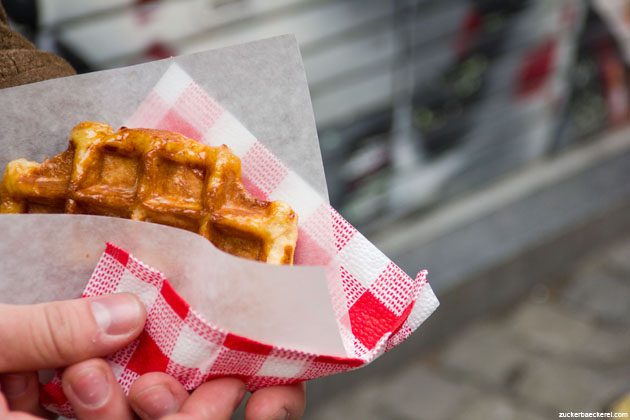
Gaufre de Liège, in Liège 
Zwetschgen-Frangipane-Tarte mit Orangenblütenwasser und Thymian
Radio
Fürs Radio – ich arbeite gerade an einer Sendung mit dem Titel Guter Schimmel, Schlechter Schimmel , zu hören am Freitag, 15.10. um 15.30h auf Ö1 – war ich viel unterwegs. Erst am Weinlaubenhof Kracher im Burgenland (Botrytis-Schimmelkulturen machen nämlich Süßwein noch süßer!), dann bei Augora Fermente in Wien-Mariahilf (ohne Schimmelpilze wie Koji gäbs keine Sojasauce und kein Miso) und auch noch in Niederösterreich in Robert Pagets Käserei (Camembert und Roquefort, eh klar).
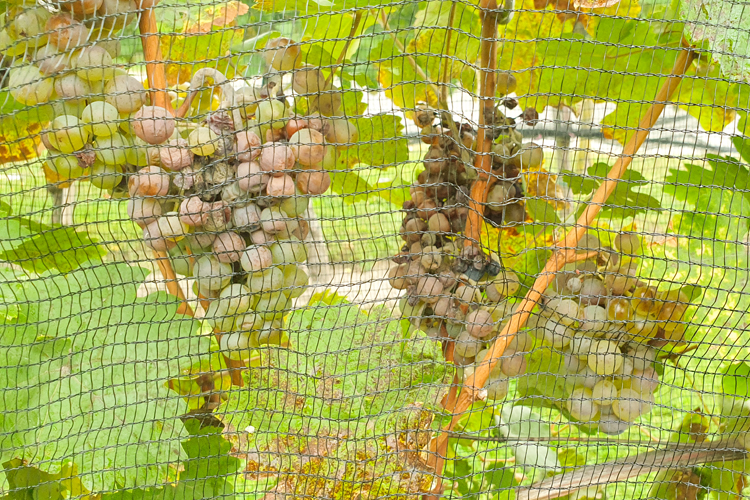
Weintrauben mit Botrytis-Schimmelpilzkulturen 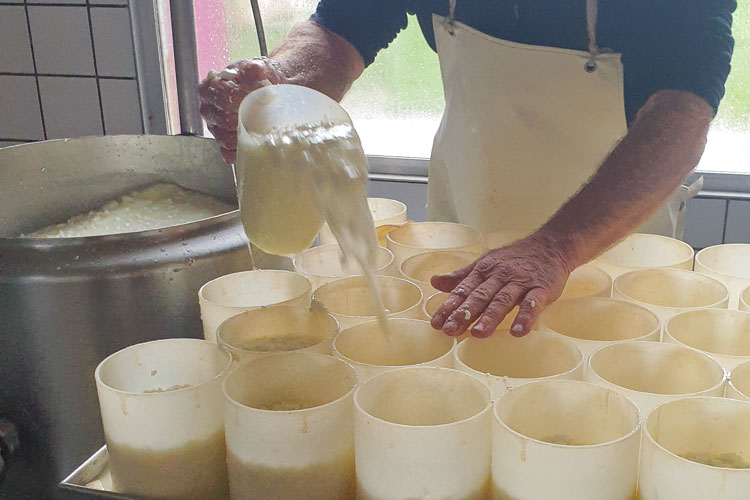
Camembert to-be
Ich war bei der Herknerin (1040) klassisch österreichisch essen und hab mir zwei Cocktails bei Moby Dick (1070) gegönnt. Bei beiden Lokalen ist ein ausführlicher Bericht noch ausständig, immerhin hab ich endlich über die Taqueria la ventana geschrieben.
Ich habe viel für Arbeit und Uni gelesen, aber auch ein bisschen zur Unterhaltung im Internet – hier folgen meine neuesten Lieblingslinks:
Rezepte
Strawberry Doughnut Muffins Recipe | Bon Appétit
Ich sollte mal wieder in gefriergetrocknete Beeren investieren.
Kitchen Project #41: Apple Tart – by Nicola Lamb – Kitchen Projects
Eine sehr fancy Apfeltarte – u.a. mit Roggen-Frangipane. (Nicola Lambs Rezepte faszinieren mich immer noch enorm!)
EGGPLANT + TOFU WITH SWEET-HOT CHILI GLAZE — Sprouted Kitchen
Werd ich bald mal machen.
Texte
This Fungus Mutates. That’s Good News if You Like Cheese. – The New York Times
Recherche und so.
The mold displayed a number of telltale signs of transformation. It turned from greenish-blue to white. Its aroma changed from musty and basement-like to buttery. The rate at which it produced the toxins that made the original fungus inedible was substantially reduced.
What Is Nixtamal? The History and Process of Masa and More | Epicurious
Nachgelesen für meinen Bericht über die Taqueria la ventana – super interessant!
Nixtamalization, when done properly, spins corn into gold: taking something that’s of little nutritional value and alchemizing it into a source of nourishment that has carried generations. Corn that has been dried on the stalk—known as maíz—is boiled down with water that’s been mixed with ash, or calcium hydroxide (known as cal). The alkaline quality of the mixture softens the kernels enough to make it possible to peel off their inedible external shell, known as the pericarp, making the corn more digestible and its nutritional benefits more bioavailable (that is, easier for your body to absorb). In the process, they also excrete a gel-like substance, which helps make the mixture perfect for grinding into masa. The word nixtamal—pronounced by giving the letter x a soft “sh” sound—puts together two Nahuatl terms: nixtli meaning “ashes,” and tamalli meaning “cooked maíz masa.” It’s the dough that—when nixtamal first originated in 1,000 B.C.—was used to make tamales, wrapped and steamed maíz cakes, and maíz drinks, like the thick and warming atole and cool fermented tejuino. Tortillas came after.
On Lionfish – by Alicia Kennedy – From the Desk of Alicia Kennedy
Über Essgewohnheiten, Moral und Tradition:
I’m an ex-vegan. I had started to have questions months before I actually gave up veganism after five years by eating oysters in a grief fog. It simply didn’t feel reasonable to me anymore; I didn’t understand how it could truly support local ecosystems and economies in the way that I wanted to do, that I thought was right for the future. The more I learned about agriculture, the more I understood animals’ significant role in it—the importance of working with them, toward common stewardship of the land. (I was reared on the Standard American Diet, and this extreme move toward veganism was necessary for me to better understand… everything, and it likely serves that function for many folks.
Opinion | What Is Facebook Worth to Us? – The New York Times
Ein Text wie eine Diskussion in meinem Studiengang…
The politics of platform scale is similar to the politics of “too big to fail” that made banks impervious to the risks of their own making during the 2008 financial crisis. There is a lot to be said about whether banks should have been bailed out and who paid the long-term cost for doing so. But it is at least within the realm of reason to accept that financial institutions are truly so intertwined with U.S. policy, militarization and geopolitics that defending their scale is a matter of national interest. It’s hard to make a similar case for Facebook. Zuckerberg may well will Facebook’s inevitably into being, but we still have time to determine if we should govern Facebook as if it is inevitable.
Facebook Is Weaker Than We Knew – The New York Times
Zum selben Thema:
Facebook is in trouble. Not financial trouble, or legal trouble, or even senators-yelling-at-Mark-Zuckerberg trouble. What I’m talking about is a kind of slow, steady decline that anyone who has ever seen a dying company up close can recognize. It’s a cloud of existential dread that hangs over an organization whose best days are behind it, influencing every managerial priority and product decision and leading to increasingly desperate attempts to find a way out. This kind of decline is not necessarily visible from the outside, but insiders see a hundred small, disquieting signs of it every day — user-hostile growth hacks, frenetic pivots, executive paranoia, the gradual attrition of talented colleagues.
Why Twitter’s New Interface Makes Us Mad | The New Yorker
Es geht weniger um Twitter als um user-lenkendes Design im allgemeinen, auch ein Thema das super in mein Studium passt.
That sense of sudden digital disorientation has become increasingly familiar as of late. Social-media and streaming apps constantly change aspects of their “user experience,” which includes digital-interface design, to push users toward new features. Instagram is perhaps the most dramatic example. The button at the bottom center of the app screen—the easiest for a thumb to reach—used to be the one that enabled users to post a new image. Around a year ago, it changed to a button that opens the window for Instagram Reels, the app’s short-form-video feature, which was meant to compete with TikTok. These changes were confusing enough that the platform added design elements to help guide users through them: when I recently tapped the Reels button by accident and then quickly closed it, an alert popped up to inform me that I can now “Create posts from the top of the home tab.” Like Twitter’s recent changes, these may seem like minor inconvenience—you just have to move your thumb to a different place, and your reflexes will adapt in a matter of weeks. But the revamp reflected a shift in the company’s priorities. Posting images to show your friends was no longer the primary purpose of Instagram, the updated layout implied; consuming the video content of strangers was the new name of the game.
What I learned from a year on Substack » Nieman Journalism Lab
Medien-Meta:
This was the incentive I hoped that this model of journalism would bring to my reporting: readers would encounter my journalism, like it, and pay me to go do more of it.The result is a job that feels more durable, and sustainable, than any other employment I’ve had. In the past, to lose my job might require only a bad quarter in the ad market, the loss of an ally in upper management, or the takeover of my company by some indifferent telecom company. Today, I can really only lose my job if thousands of people decide independently to “fire” me. As a result, I’ve never felt more empowered to cover the issues I find most meaningful: the fraught, unpredictable collisions between big tech platforms and the world around them.
The Myth of the Productive Commute – by Anne Helen Petersen – Culture Study
So schauts aus:
With that said: the pandemic has underlined that most people working office jobs do not, in fact, need to be in their offices every day — and millions of people working those jobs were wasting unpaid hours of their day getting into those offices. If your presence is not necessary to do your job, daily commutes are a waste. Full stop.
Soziologe Hartmut Rosa im Gespräch: „Die Umwege fehlen jetzt“ – taz.de
Nur daheim bleiben ist aber auch keine Lösung:
Wenn man schaut, wo auf der Welt Innovationen kultureller, praktischer, technischer, politischer Art entstehen, dann sind das häufig Universitätsstädte. Warum? Weil man eine hohe Interaktionsdichte von jungen Leuten hat, die noch keinen festen Ort in der Welt haben. Die noch suchen, die noch nicht festgefahren sind in ihren Routinen und großen Interaktionsketten. Dadurch entsteht ein Milieu, das hohe soziale und transformative Energie entfaltet. Durch das Gehen von Umwegen und völlig zufällig entsteht da das Neue. Und genau diese Art von Leben ist jetzt still gestellt, und ich glaube, dass es für diese jungen Leute, für Studierende und auch die Gesellschaft als Ganzes eine ziemliche Katastrophe ist, Unis einfach stillzulegen und anzuhalten und zu sagen, man kann doch über das Internet genauso gut lernen. Lernen können sie schon, Stoff aufnehmen. Aber genau dieser Prozess des kreativen Anverwandelns, aus dem Neues hervorgeht, ist angehalten.
Inside Architecture’s Wildest Conspiracy Theory – Bloomberg
Sehr weirde Verschwörungserzählung.
But beyond that, there’s a broader refusal to believe that public architecture could ever have been built in an atmosphere of generosity and abundance. This is echoed by their astonishment at the double-height grand lobbies and arched doorways of old buildings, which they see as artifacts not meant for us. (Some theorists surmise that ancient Tartarians were giants.) The Tartarian community seems to have internalized the current era’s predilection for public sector austerity and the resulting aesthetics, which they abhor, more than they realize.
Apocalypse Now – by Talia Bracha Lavin – The Sword and the Sandwich
Sehr bedenkliche Verschwörungserzählung?
In some sense, this latest panic is the culmination of a century of anguished, ecstatic anticipation of the end. It’s a synthesis of both strains of anxiety that have led to prior outbreaks of this specific dread: the fear of collectivism and government overreach, and the fear of new technology. Vaccination, after all, is a fundamentally collective endeavor: while it is protective of individuals, it works best when employed en masse. Moreover, vaccine mandates are a top-down proposition (they dictate what jobs you can have in certain sectors, and, therefore, without too much contortion, what you can buy and sell). The faithful who object echo the Christian Cold Warriors of the past, with their fears of totalitarian excess.
Who Was the Falling Man from 9/11? – Esquire
Diesen Text hatte ich jetzt einen Monat lang offen und schien nie in der richtigen Verfassung ihn zu lesen. Sehr tragisch.
They began jumping not long after the first plane hit the North Tower, not long after the fire started. They kept jumping until the tower fell. They jumped through windows already broken and then, later, through windows they broke themselves. They jumped to escape the smoke and the fire; they jumped when the ceilings fell and the floors collapsed; they jumped just to breathe once more before they died. They jumped continually, from all four sides of the building, and from all floors above and around the building’s fatal wound. They jumped from the offices of Marsh & McLennan, the insurance company; from the offices of Cantor Fitzgerald, the bond-trading company; from Windows on the World, the restaurant on the 106th and 107th floors—the top. For more than an hour and a half, they streamed from the building, one after another, consecutively rather than en masse, as if each individual required the sight of another individual jumping before mustering the courage to jump himself or herself. One photograph, taken at a distance, shows people jumping in perfect sequence, like parachutists, forming an arc composed of three plummeting people, evenly spaced. Indeed, there were reports that some tried parachuting, before the force generated by their fall ripped the drapes, the tablecloths, the desperately gathered fabric, from their hands. They were all, obviously, very much alive on their way down, and their way down lasted an approximate count of ten seconds. They were all, obviously, not just killed when they landed but destroyed, in body though not, one prays, in soul.
Is Taiwan Next? – The New York Times
Geopolitischer Longread.
The R.O.C. is typically referred to internationally as Taiwan; it is by and large not recognized as a country and is instead referred to by many media organizations, including this one, as a “self-governing democracy.” But the archipelago, of which Taiwan is the biggest island, has a Constitution, a president and a Legislature. Its citizens have voted for their representatives in free and fair elections since 1992, the year before Nancy was born. They serve in their own armed forces and carry a green Republic of China passport when they travel, though in 2003, after they complained they were being confused with Communist China, the government changed the passport to say both “Republic of China” and “Taiwan.”
Verheerende Zellen – gehoertgebloggt
Österreich… (Der Text stammt von *vor* dem Rücktritt).
Die Wahlentscheidung, da kennen sich Sebastian Kurz und seine Leute aus – und da kennen sie keine Skrupel. 2017 haben sie – wie es Peter Pilz in einem Interview ausdrückt – einer alten christdemokratischen Staatspartei, einer pro-europäischen Traditionspartei, ein freiheitliches Herz eingepflanzt – haben die ÖVP umprogrammiert in eine Staatspartei der nationalen, anti-europäischen Rechten. Und so die Wahl gewonnen und mit der nunmehr wesensverwandten FPÖ eine Regierung gebildet. Nach Ibiza und der Abwahl von Kurz durch die Mehrheit im Nationalrat 2019 haben sie die anti-parlamentarische Losung: Das Parlament hat bestimmt. Das Volk wird entscheiden ausgegeben und mit der Opfer-Inszenierung wieder gewonnen. Gut möglich, dass sie neuerlich auf eine Wahlentscheidung spitzen. Da kennen sie sich aus.
Die „Österreich“-Affäre – FALTER – FALTER.at
Der Scoop-Artikel.
Es wird jetzt also ernst, sehr ernst für Sebastian Kurz & Co. – politisch, aber auch strafrechtlich. Und es wird ernst für die Grünen, die Kurz an der Macht halten. Was Heinz Christian Strache in Ibiza angedeutet hat – nämlich, dass man Journalisten kaufen kann, weil sie die „größten Huren auf dem Planeten“ seien –, das hat die ÖVP umgesetzt. Zumindest liest sich das so in den Chats von Thomas Schmid.
Audio/Video
You’re Wrong About Prohibition – Gastropod
In dieser Podcastfolge habe ich viel gelernt. Zum Beispiel über den Zusammenhang von Steuern (in autoritären Systemen) und Alkohol.
For most of us, Prohibition seems like a peculiar American experiment—a doomed attempt by straight-laced religious conservatives to ban alcohol, and, with it, fun. But as it turns out, we’ve got it all wrong: Prohibition was actually a progressive struggle that united powerless and oppressed people around the world—Leo Tolstoy, Frederick Douglass, Mahatma Gandhi, and Chief Little Turtle, among others—against a system designed to exploit them. Listen in now as political scientist Mark Schrad reveals the real reasons that Prohibition became „the most popular, most influential, and longest-lived international social-reform movement in the history of the world“—and historian Lisa Lindquist-Dorr tells us about the rum-runners, Cuban entrepreneurs, and corrupt judges who kept booze flowing during those dry years.
Backkatalog
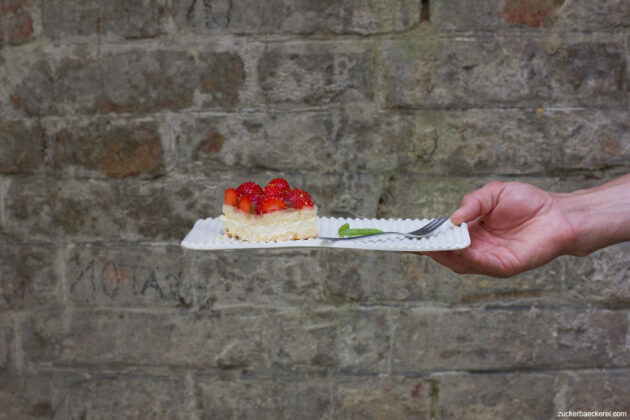
Erdbeerkuchen mit Verbenencreme und Kombuchagelee 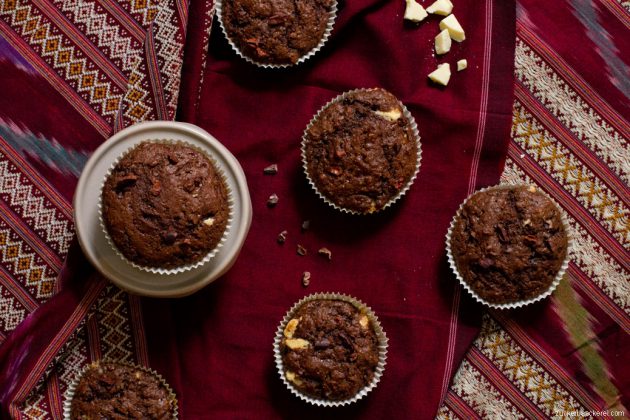
Schoko-Bananen-Muffins mit Kakonibs und weißer Schokolade 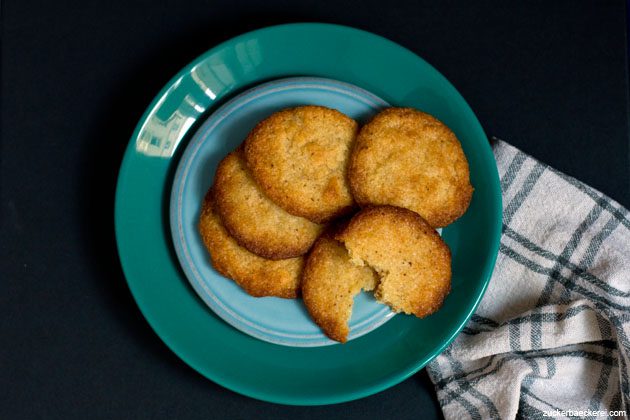
Ricotta Lace Cookies 
Bravetart’s Zimtschnecken 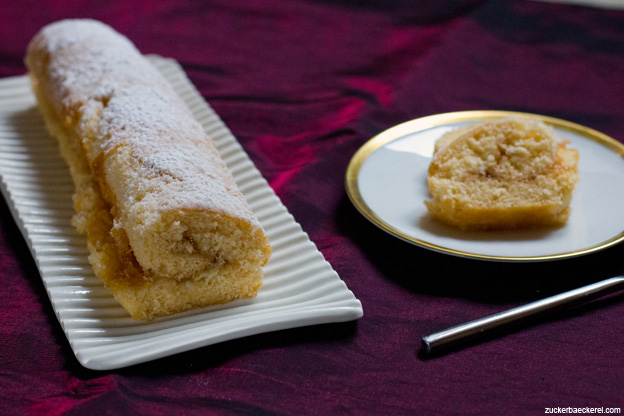
Biskuitroulade mit Aprikosenfüllung und Kardamom 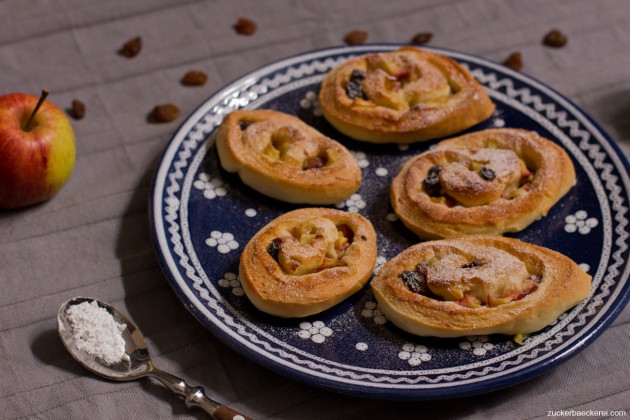
Apfel-Rosinen-Schnecken 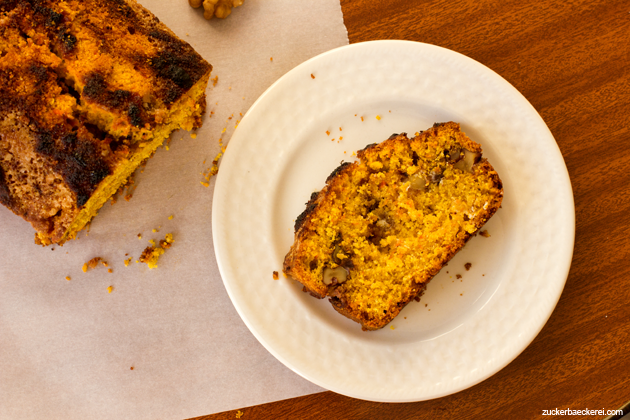
Kürbis-Kuchen mit Karamellisierten Walnüssen 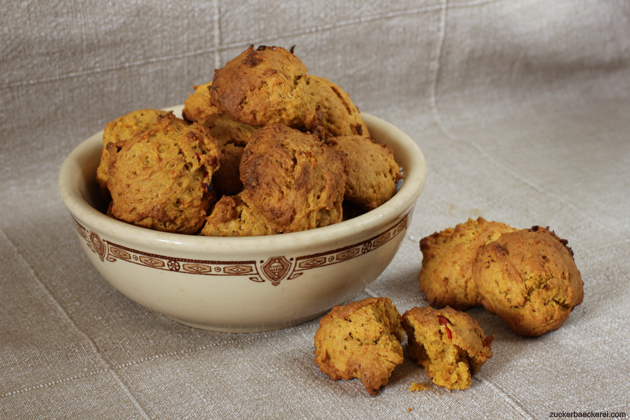
Kürbiskekse 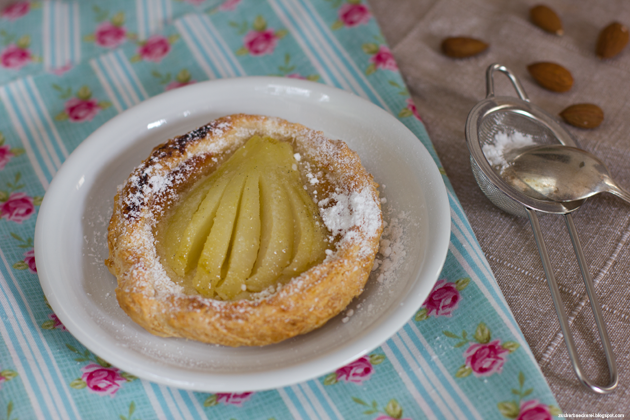
Birnen-Tartelettes 
Walnuss-Joghurt-Muffins 
Hochzeitstorte für Silke & Tom
- 2020: Erdbeerkuchen mit Verbenencreme und Kombuchagelee
- 2019: Schoko-Bananen-Muffins mit Kakaonibs und Weißer Schokolade
- 2018: Ricotta Lace Cookies
- 2017: Bravetart’s Zimtschnecken
- 2016: Biskuitroulade mit Aprikosenfüllung und Kardamom
- 2015: Apfel-Rosinen-Schnecken
- 2014: Kürbis-Kuchen mit karamellisierten Walnüssen
- 2013: Kürbiskekse
- 2012: Birnentartelettes
- 2011: Walnuss-Joghurt-Muffins
- 2010: Hochzeitstorte für Silke & Tom

 Hi, ich bin Jana. Seit 2009 veröffentliche ich hier wöchentlich Rezepte, Reiseberichte, Restaurantempfehlungen (meistens in Wien), Linktipps und alles, was ich sonst noch spannend finde. Ich arbeite als Redakteurin bei futurezone.at, als freie Audio-/Kulinarikjournalistin und Sketchnoterin. Lies mehr über mich und die Zuckerbäckerei auf der
Hi, ich bin Jana. Seit 2009 veröffentliche ich hier wöchentlich Rezepte, Reiseberichte, Restaurantempfehlungen (meistens in Wien), Linktipps und alles, was ich sonst noch spannend finde. Ich arbeite als Redakteurin bei futurezone.at, als freie Audio-/Kulinarikjournalistin und Sketchnoterin. Lies mehr über mich und die Zuckerbäckerei auf der 

 Über den Tellerrand
Über den Tellerrand Bücher
Bücher Zuckersüß
Zuckersüß